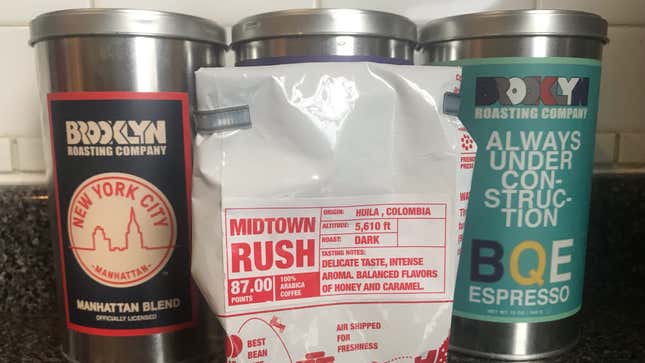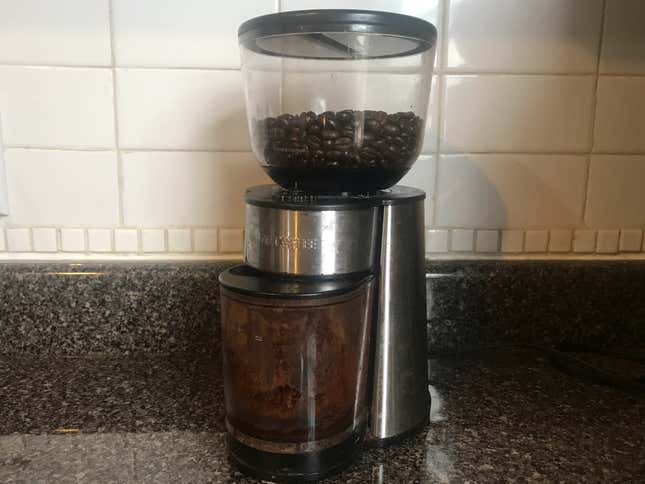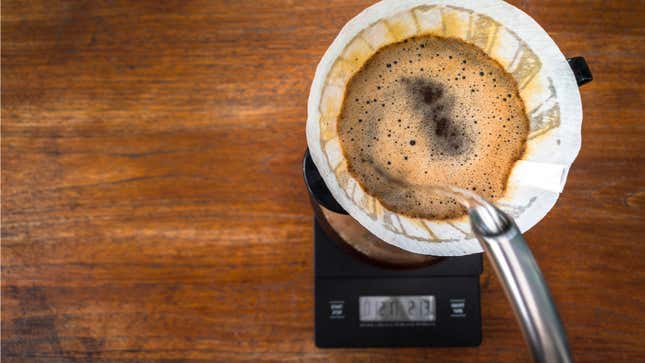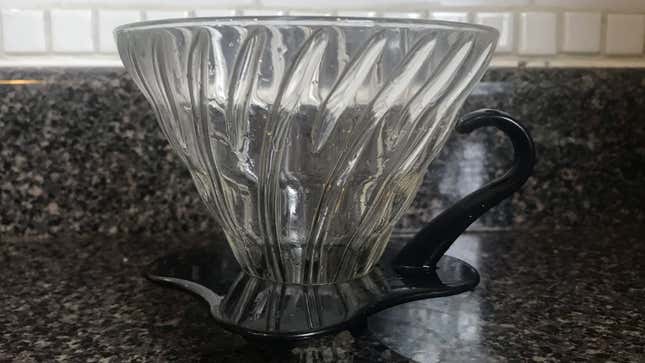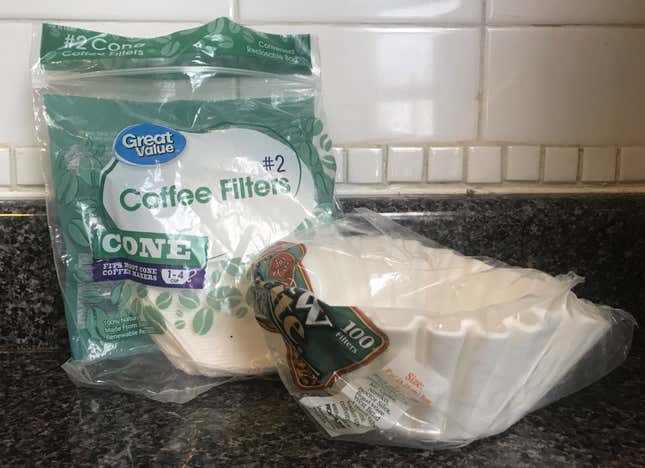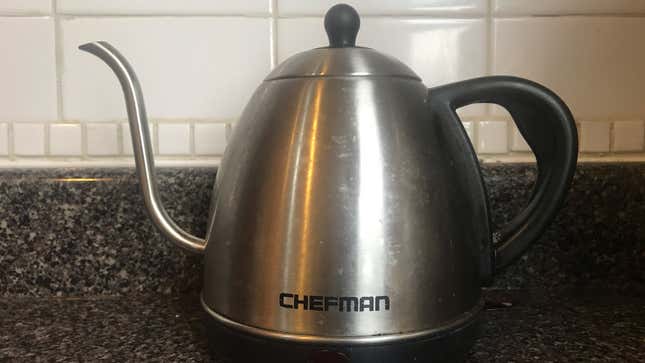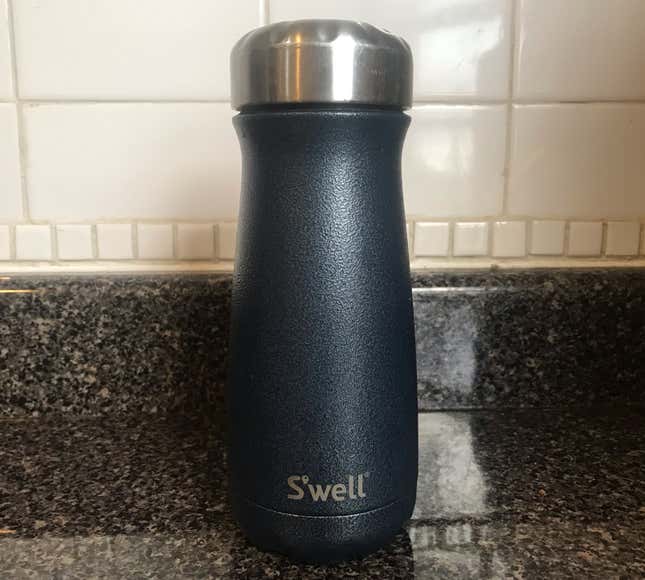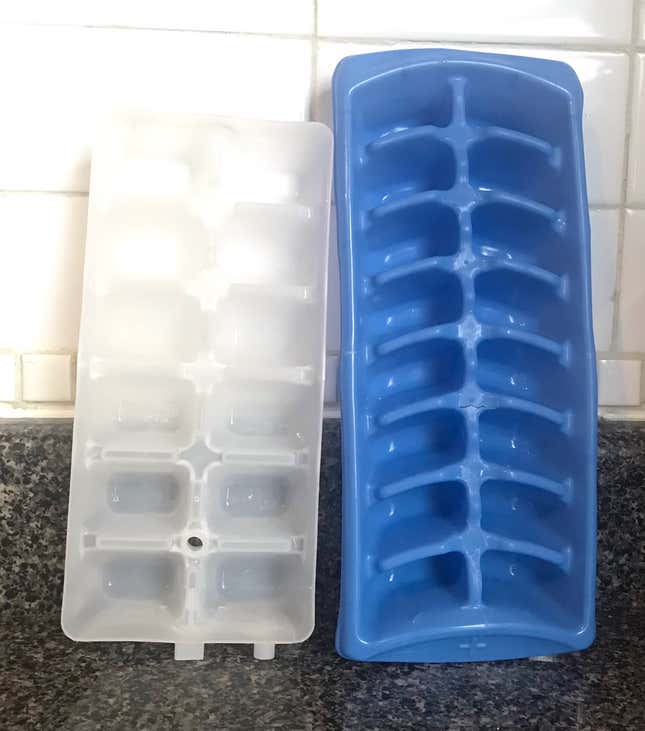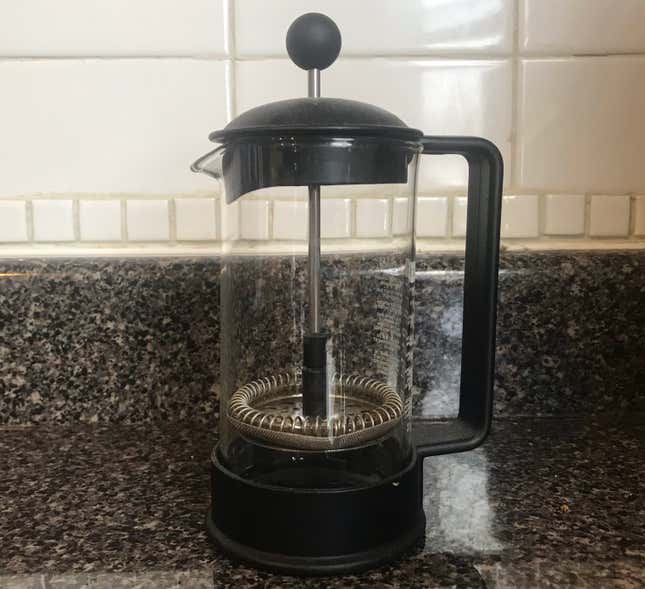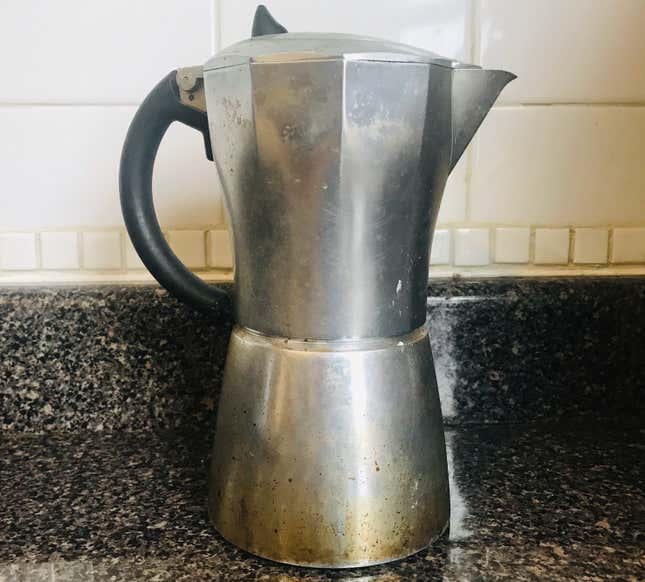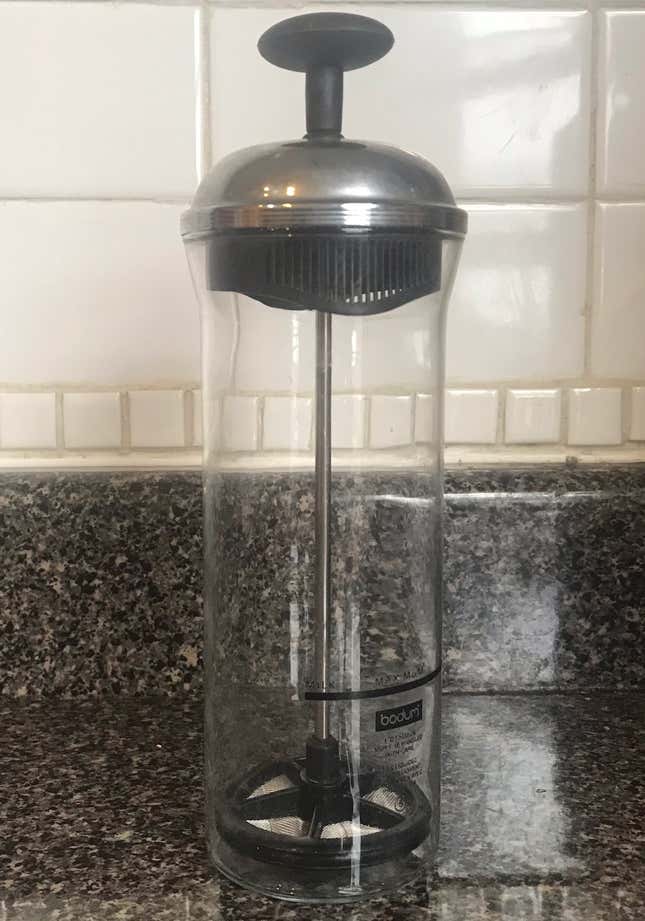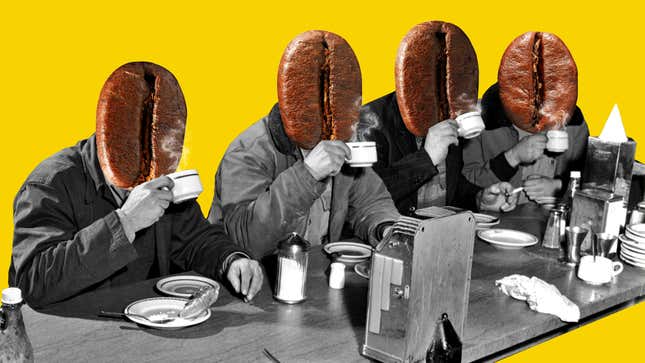
It’s an annoying cliché, yes, but I can’t deny the fact that I am basically the living embodiment of one of those “hilarious” Don’t Talk to Me Until I’ve Had My Coffee! mugs. Especially since the pandemic began, my body seems to have determined the most convenient time to decide I don’t need to sleep is the same time I’m under increased stress due to world events and household insanity (the longest portion of any day is the time I spend with my kids between when they wake me up and when I’ve finally managed to make coffee).
I’m hardly a coffee snob or any kind of a trained expert, but inasmuch as I have any hobbies these days, mine is the search for the perfect cup of coffee. This is the equipment I’ve assembled in pursuit of that quest. Should you choose to follow me, it will serve you well—but you can also tell me what tools you prefer in the comments. Because if experience has taught me anything, it’s that the only good cup of coffee is the one you like.
